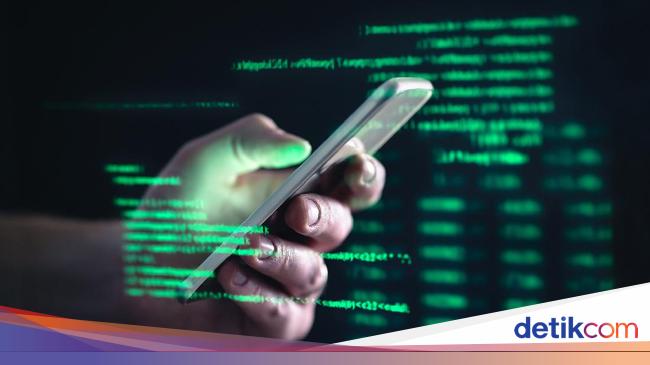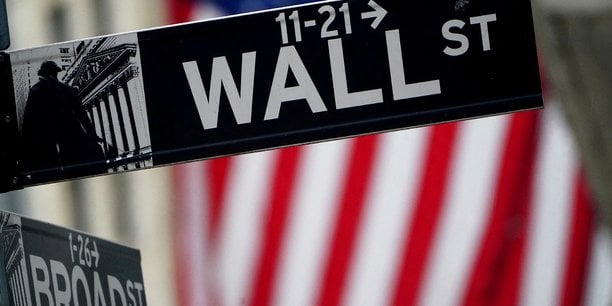Jakarta –
Various modes of fraud are rife in the name of the banking sector. Even today crimes like robber This is done through Social Engineering alias koceng.
What is Soceng?
According to Kaspersky, social engineering is an exploitative manipulation technique of human error to gain personal information, access, or valuables.
Danger Soceng
This fraud is usually in the form of spreading false information on social networks or short messages on behalf of certain banks. This of course can harm a lot of people if not careful. If trapped, then the money you have can disappear.
So as not to be trapped, here are 4 modes of fraud using the Soceng method quoted from the official website of the Financial Services Authority (OJK). Anything?
4 Modes of Begal Accounts with Soceng
1. Info on Changes in Bank Transfer Rates
Fraudsters pretend to be bank employees and pass on information about changes in bank transfer rates to victims. Fraudsters ask victims to fill out a form link that asks for personal data such as PIN, OTP, and password.
2. Offer to be a Priority Customer
Fraudsters offer advertising upgrades to become priority customers with a myriad of promotional seductions. Fraudsters will ask victims to provide personal data such as ATM Card Number, PIN, OTP, CVV/CVC Number, and password.
3. Fake Customer Service Account
Fake social media accounts in the name of a bank. Usually appears when a customer submits a complaint related to banking services. The perpetrator will offer assistance to resolve the complaint by directing it to the perpetrator’s fake website or asking the customer to provide their personal data.
4. Offer to Become a Laku Pandai Agent
Fraudsters offer the services of being a bank savvy agent without complicated requirements. The scammer will ask the victim to transfer some money to get the EDC machine.
That was 4 modes bank account by using Soceng. For that, customers don’t forget, bank officers will not ask or ask for your password, PIN, MPIN, OTP, or personal data. In addition, always check the authenticity of the phone, social media account, email, and bank website used.
(fdl / fdl)
–


